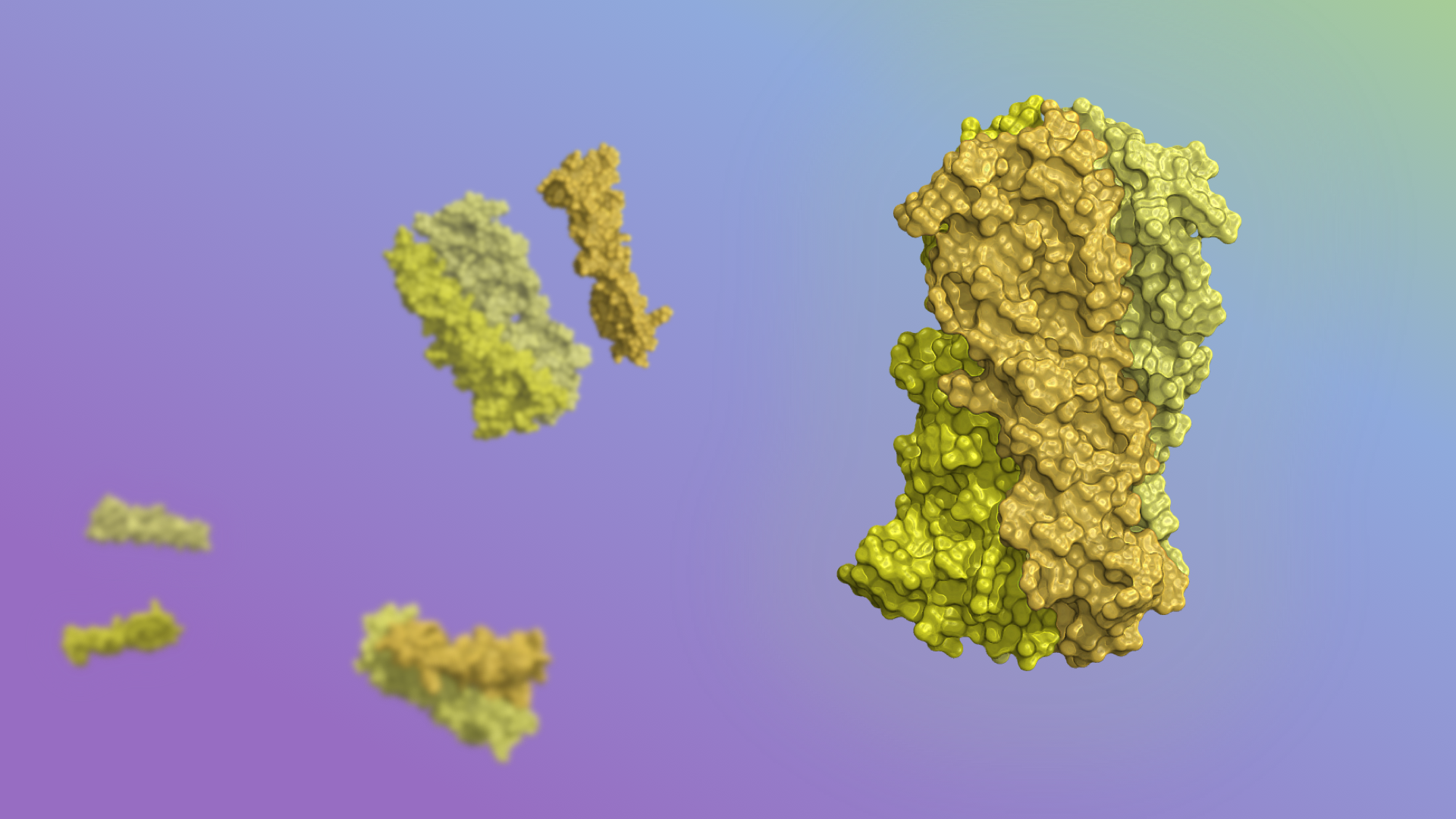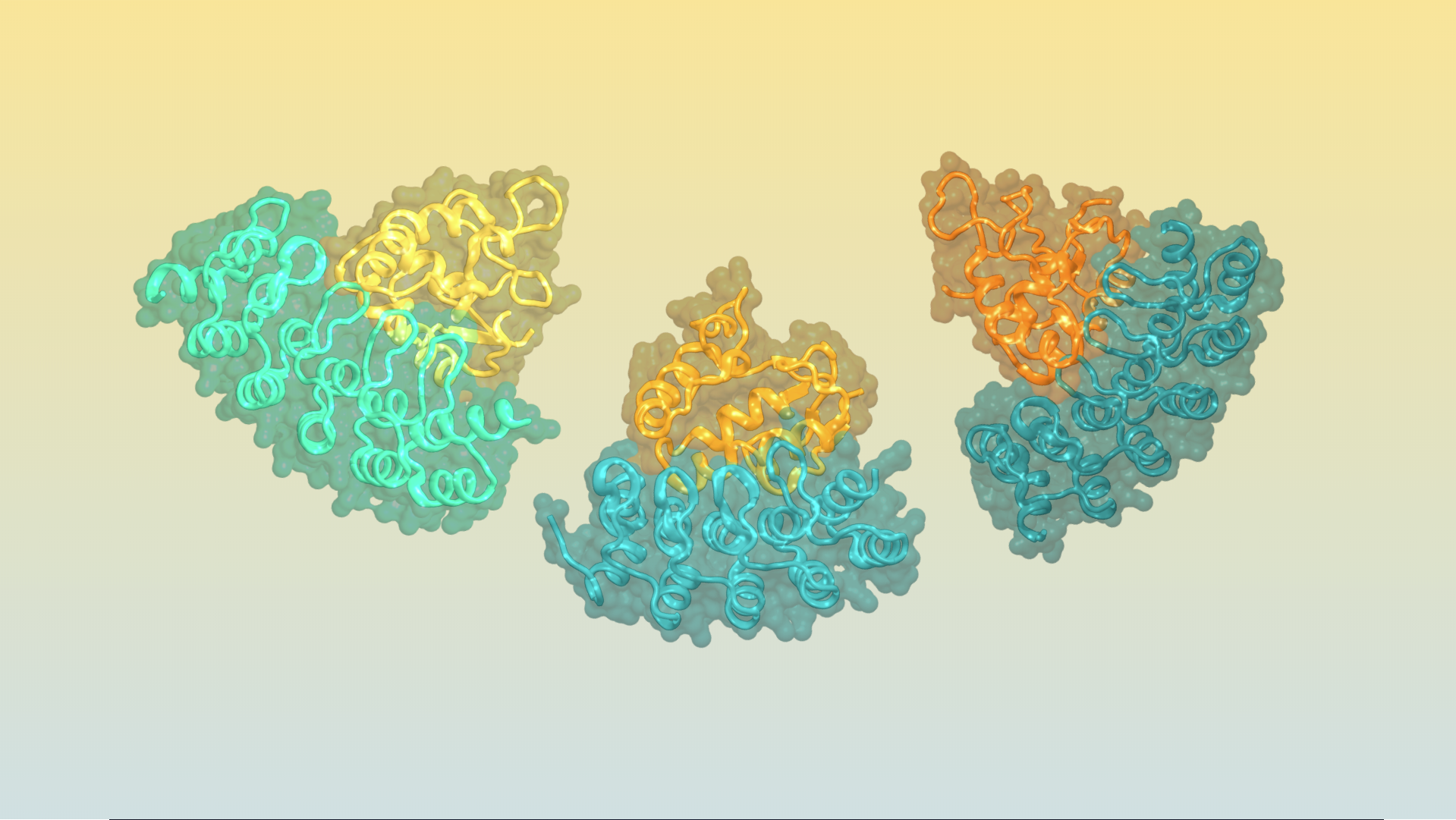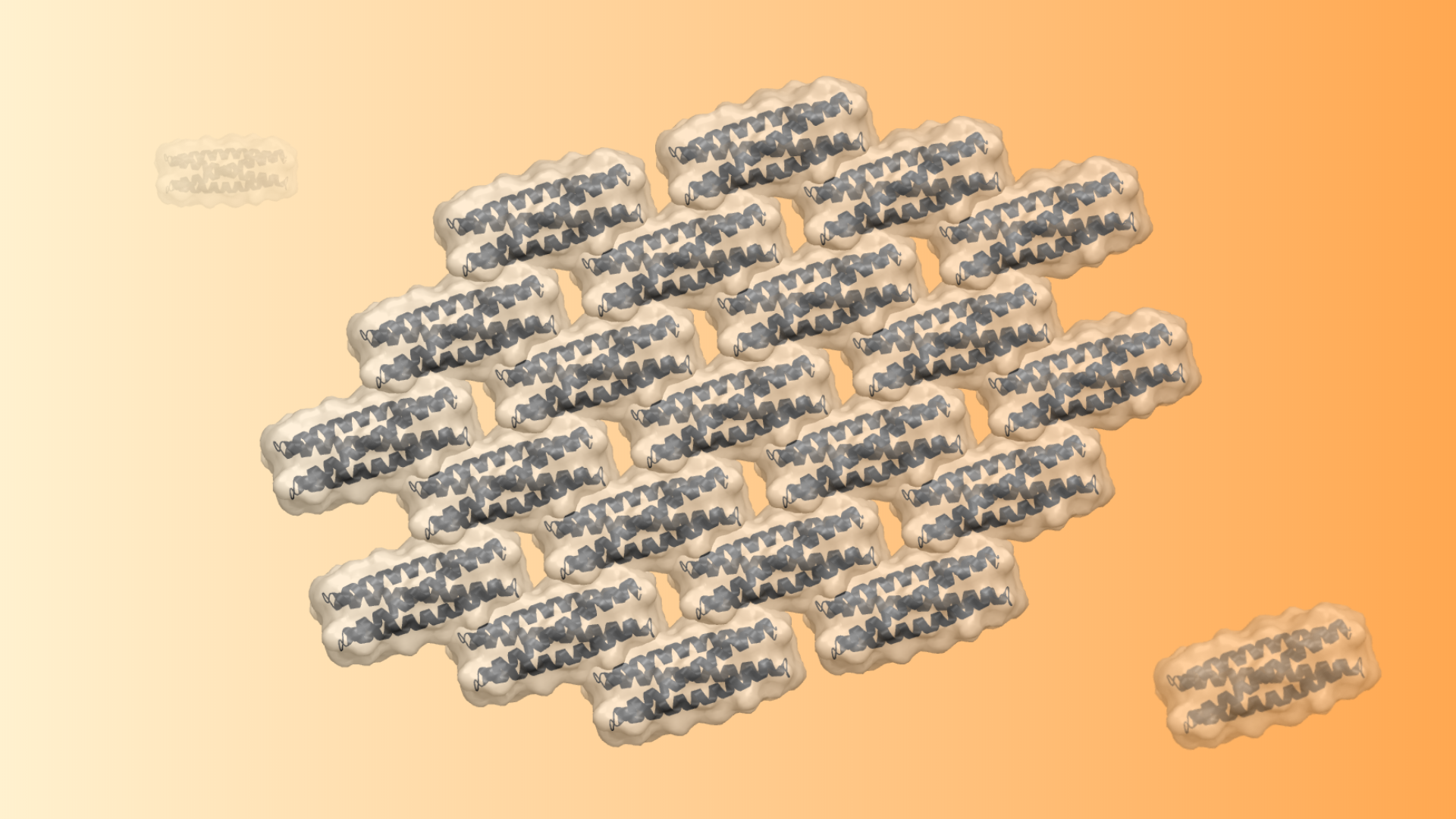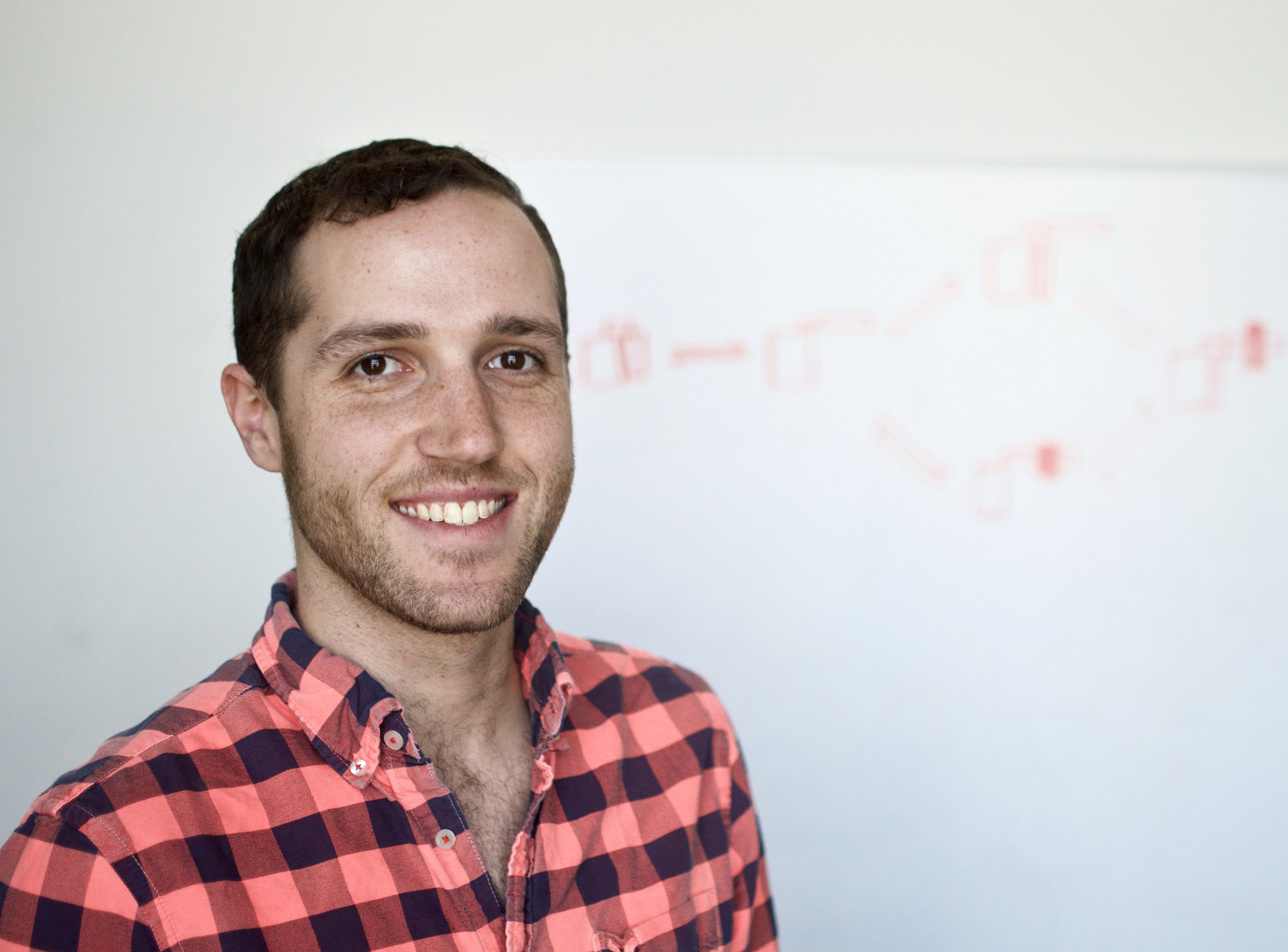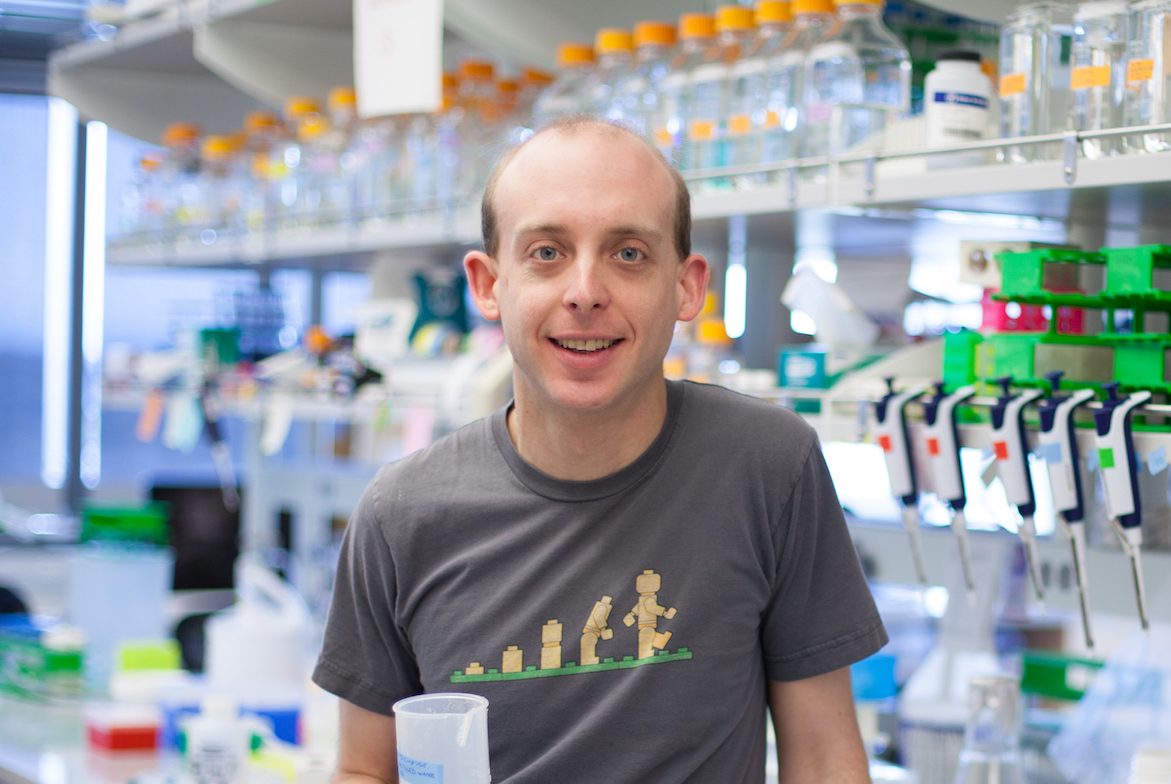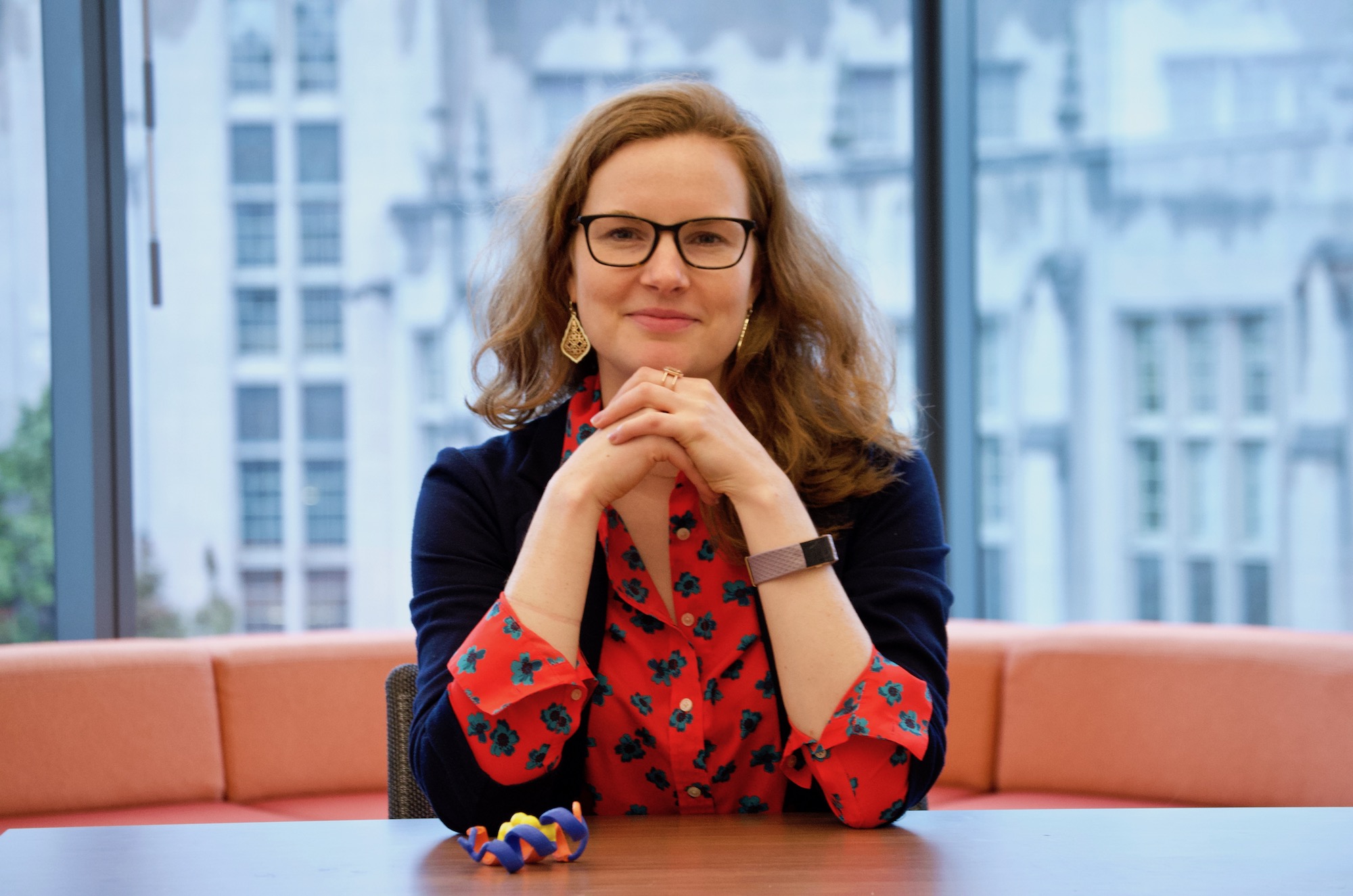-
Tunable pH-dependent assemblies
Natural proteins often shift their shapes in precise ways in order to function. Achieving similar molecular rearrangements by design, however, has been a long-standing challenge. Today, a team of researchers lead by scientists at the IPD report in Science the rational design of synthetic proteins that move in response to their environment in predictable and tunable…
-
Receptor sub-type binders
This week we report in NSMB a combined computational design and experimental selection approach for creating proteins that bind selectively to closely related receptor subtypes. This project was led by Luke Dang, a former Baker lab graduate student, and Yi Miao, a postdoctoral researcher in Christopher Garcia’s lab at Stanford. Abstract: To discriminate between closely related members of…
-
De novo 2D arrays
This week we report in JACS a general approach for designing self-assembling 2D protein arrays. This project was led by Zibo Chen, a recent Baker lab graduate student, and featured collaborators from the, DiMaio, De Yoreo and Kollman labs at UW. Abstract: Modular self-assembly of biomolecules in two dimensions (2D) is straightforward with DNA but has been…
-
Congrats, Dr. Langan!
Bobby Langan became the latest Baker lab graduate today after successfully defending his PhD! Bobby helped pioneer the design of a molecular switch system dubbed LOCKR, and showed that LOCKR can be used to control the behavior of living cells. Keep an eye out for a series of papers detailing this exciting project, due out soon.…
-
Mini proteins, big impact: a profile of Gabriel Rockin
After fundamentally changing how we design proteins at the IPD, Gabe will soon start his own lab at Northwestern’s Center for Synthetic Biology in Chicago. In the 1990s, Silicon Valley produced a lot of computer nerds. Gabriel Rocklin admits he was one of them. But perhaps because he fit the computer nerd stereotype so…
-
Binding wunderkind: a profile of Franziska Seeger
After designing one of the most therapeutically promising synthetic proteins to date, Franzi will be taking her many talents to Amazon. In college, Franziska Seeger spent almost all her free time pulling genetic material out of human brain tissue and blood. As a volunteer at the Max Planck Institute of Neurobiology in Germany, she…
-
Congrats, Dr. Basanta!
Baker lab graduate student Benjamin Basanta successfully defended his thesis today! He was joined by his parents, who flew in from Argentina. By applying machine learning tools, Benja has greatly expanded the repertoire of available de novo designed proteins bearing pockets.
